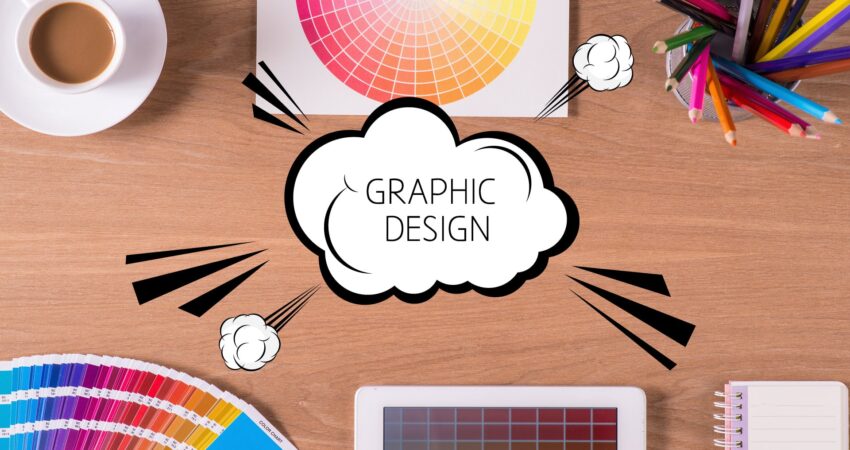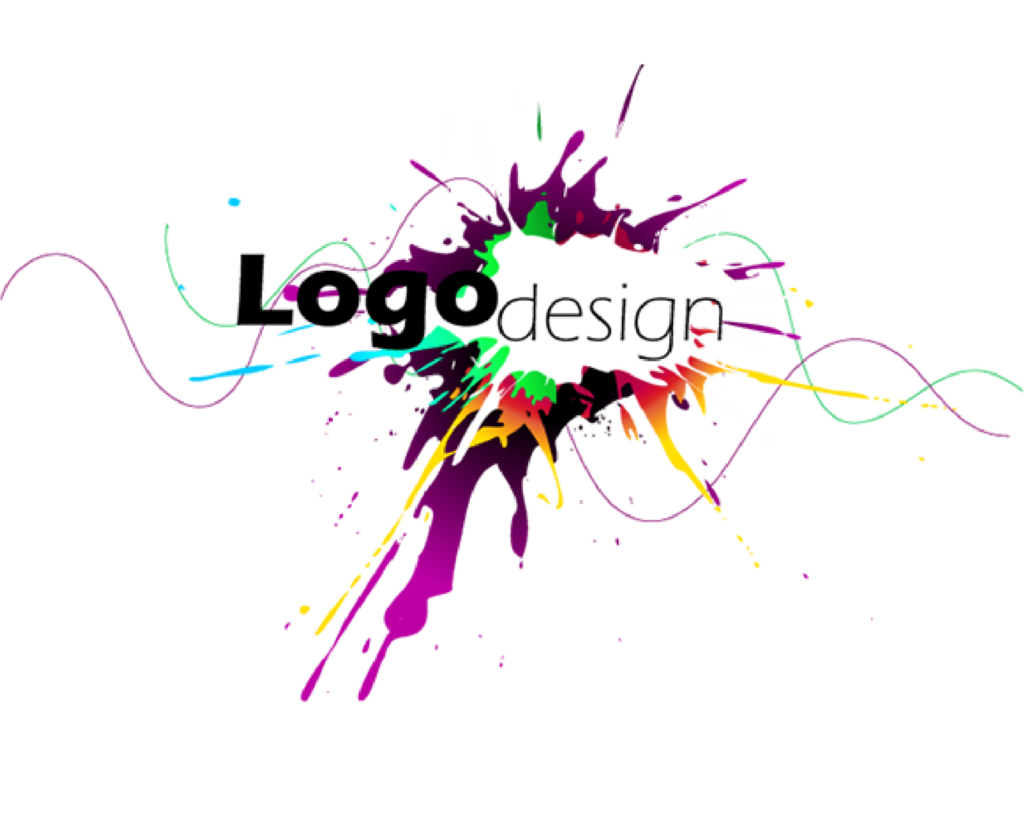
In the ever-evolving landscape of visual communication, both logo design and graphic design play crucial roles in conveying messages, shaping brands, and capturing the essence of creativity. While they may seem intertwined at first glance, there are distinct differences that set these two disciplines apart. In this comprehensive article, we’ll delve into the nuances of logo design and graphic design, highlighting their unique characteristics, purposes, and methodologies.
Understanding Logo Design and Graphic Design
Logo design and graphic design are distinct forms of visual communication that encompass various elements, techniques, and strategies to convey messages effectively. While both aim to captivate audiences and convey ideas, their scopes and applications differ significantly.
Logo Design:

Definition:
Logo design involves creating a unique, memorable, and visually appealing symbol that represents a brand, company, or organization. Logos serve as the cornerstone of brand identity and are often the first element that comes to mind when thinking about a company.
Facts:
Simplicity and Memorability:
Effective logos are simple yet memorable. They distill a brand’s essence into a concise visual representation. For instance, the Apple logo is a prime example of a simple yet iconic design that instantly relates to the brand’s identity and products.
Timelessness:
A well-designed logo stands the test of time. The Coca-Cola logo has remained largely unchanged since its inception in 1885, showcasing the longevity that a timeless logo can offer.
Examples:
Nike:
The Nike “Swoosh” logo is a quintessential example of a minimalistic and iconic logo. Its simplicity embodies movement and speed, aligning perfectly with the brand’s athletic image.

McDonald’s:
The golden arches of the McDonald’s logo are instantly recognizable worldwide. The logo’s bold, vibrant design reflects the brand’s cheerful and approachable nature.

Elements of Logo Design
Logos typically consist of a combination of symbols, text, and shapes that embody a brand’s identity. Simplicity and memorability are key, as logos need to make an instant impact and be easily recognizable.
Graphic Design

Definition:
Graphic design involves creating visual content that communicates messages, information, or ideas. It encompasses a broad range of mediums, including posters, brochures, websites, social media graphics, and more.
Facts:
Visual Hierarchy:
Graphic designers skillfully arrange elements to guide viewers’ attention. By utilizing principles like contrast, size, and alignment, they ensure that the most important information stands out. A poster for a music festival, for example, might use visual hierarchy to emphasize the headlining artists’ names.
Layout and Composition:
Graphic designers meticulously arrange elements within a design to achieve balance and harmony. A magazine spread’s layout, with its carefully placed text and images, is a testament to effective composition.
Examples:
National Geographic Magazine:
The design of National Geographic’s magazine covers combines captivating imagery with minimalistic typography. This arrangement draws readers into the content while maintaining a consistent and recognizable style.

Apple Website:
Apple’s website employs a clean and organized layout. It skillfully showcases products using high-quality visuals and concise text, guiding visitors’ attention and facilitating a smooth user experience.

Elements of Graphic Design
Graphic design involves a diverse array of elements, such as imagery, color schemes, typography, and layouts, all working together to convey a specific message, evoke emotions, or prompt actions.
Crafting Identity: Logo Design Process
The logo design process involves in-depth research into a brand’s values, target audience, and industry landscape. Designers then distill these insights into a single, impactful visual that represents the brand’s identity and sets it apart.
Weaving Artistry: Graphic Design Process
Graphic design, while equally creative, encompasses a broader canvas. Designers weave together various design elements to create visually engaging collages that can range from posters to websites, capturing attention and conveying information.
Visual Consistency vs. Versatility
Logos demand consistent use to maintain brand identity, often needing to be replicated across diverse mediums. In contrast, graphic designs offer more flexibility to adapt to different contexts and platforms.
Impact and Simplicity in Logos
Logos thrive on simplicity, using minimalistic designs to leave a lasting impact on viewers’ minds. Their ability to convey profound meanings in uncomplicated forms is a testament to their unique power.
Depth and Storytelling in Graphics
Graphic designs have the luxury of depth, allowing designers to tell intricate stories through their compositions. The amalgamation of various design elements lets them craft narratives that engage and immerse the audience.
Strategic Color Selection for Logos
Colors play a pivotal role in logos, as they evoke emotions and convey meanings. The selection of colors is a strategic process, requiring thoughtful consideration of brand identity and psychological impact.
Color Dynamics in Graphic Design
Graphic design benefits from dynamic color usage, with the freedom to experiment and evoke specific moods. The interplay of colors in graphic design can influence how audiences perceive and interpret visual content.
Typography in Logos: Making a Statement
Typography in logos is deliberate and concise, often communicating brand personality and values in a few carefully chosen letters. Every typeface and curve holds significance in this condensed art form.
Typography in Graphic Design: Enhancing Communication
Graphic design employs typography more expansively, enhancing readability and visual appeal across various platforms. The typography choices contribute to the overall tone and message of the design.
Versatility and Adaptability of Logos
Logos maintain consistent features to establish brand recognition, even when resized or placed alongside other visuals. This adaptability is crucial for their effectiveness in diverse contexts.
Immersive Experiences in Graphic Design
Graphic design embraces immersive experiences, inviting audiences to explore and interact with the visual content. The use of various design elements creates multi-dimensional compositions that resonate deeply.
Conclusion
In the dynamic realm of visual communication, both logo design and graphic design serve as indispensable tools for conveying messages, building brand identities, and engaging audiences. While logos distill complex ideas into simple yet impactful visuals, graphic design embraces a broader canvas to tell stories, evoke emotions, and captivate minds. Understanding the unique attributes of each discipline empowers businesses and creators to harness their potential effectively.









